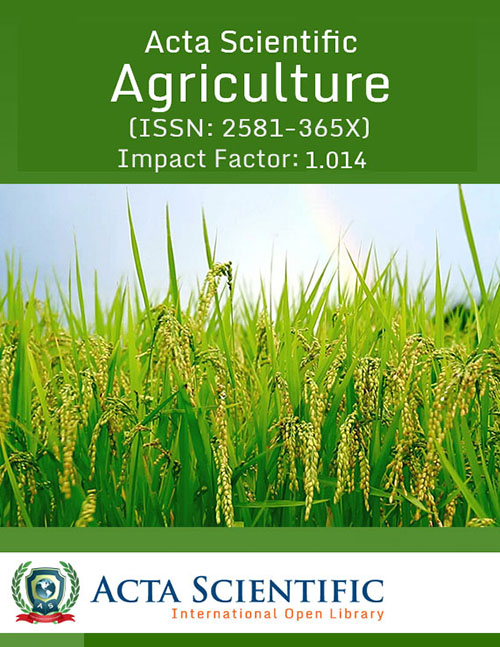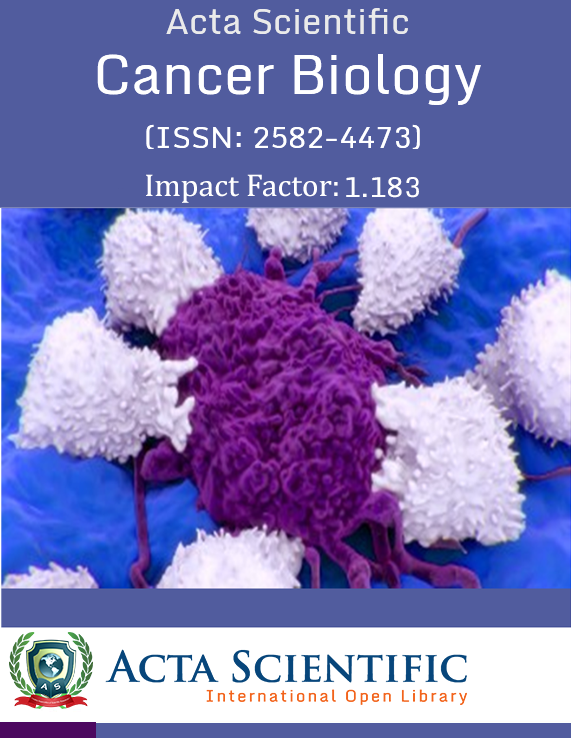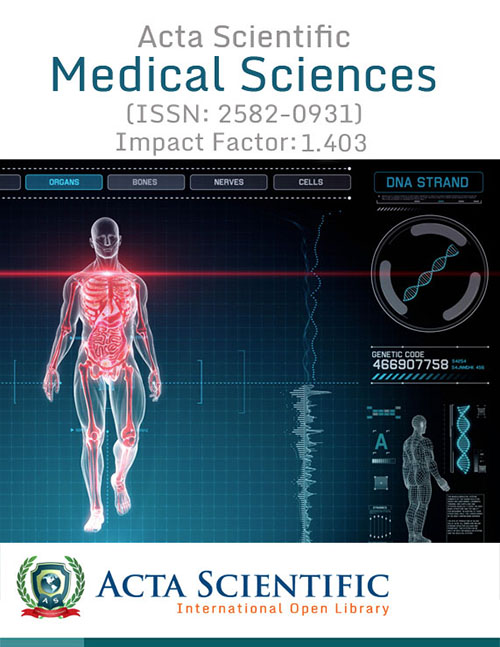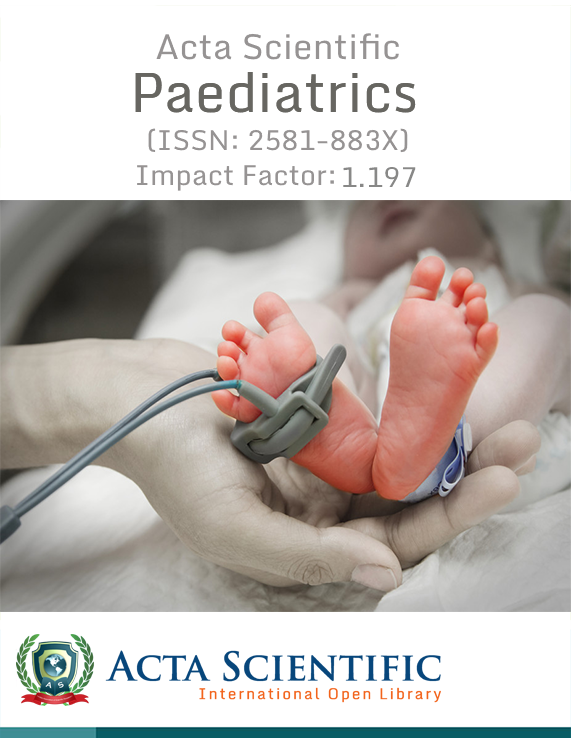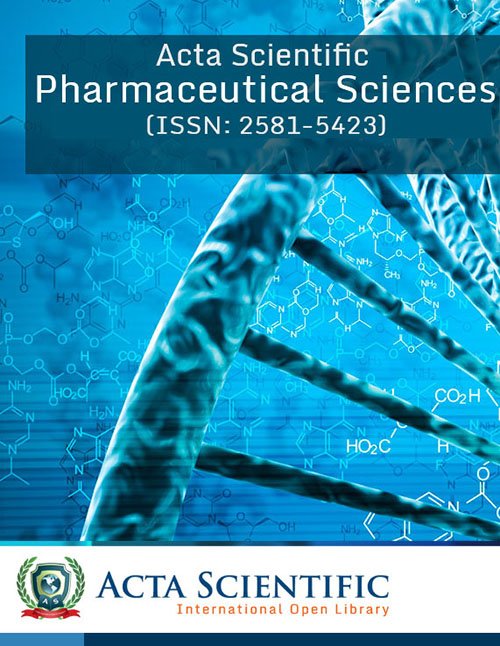Acta Scientific Ophthalmology (ASOP)
Case Report Volume 3 Issue 7
Japhet Pobanou Thera*, Tiama JM, Konipo A and Dakouo P
Institute of African Tropical Ophthalmology, Bamako, Mali
*Corresponding Author: Japhet Pobanou Thera, Institute of African Tropical Ophthalmology, Bamako, Mali.
Received: May 14, 2020; Published: June 26, 2020
Purpose: The aim of our study was to report a rare case of persistent hyperplastic primary vitreous.
Case Report: A 4-year-old girl was brought by her parents for impaired visual acuity. The examination of the lens found a tiny opacification. Fundoscopy revealed a membranous proliferation extending from the papilla to the posterior surface of the lens.
Discussion: The persistent primary vitreous is a congenital abnormality. It is due to a failure of regression of the embryonic vitreous to which is added the persistence of the hyoid artery. It occurs around the 6th week of embryo development.
Conclusion: Persistent hyperplastic primary vitreous (PHPV) is a rare congenital anomaly. It has many forms. The Posterior form and the isolated bilateral one is rare.
Keywords: Persistent Primary Vitreous; Posterior; Bilateral
References
- Goldberg MF., et al. “Persistent fetal vasculature (PFV): An integrated interpretation of signs and symptoms associated with persistent hyperplastic primary vitreous (PHPV). LIV Edward Jackson memorial lecture”. The American Journal of Ophthalmology 124 (1997): 587‑
- Reese AB. “Persistent hyperplastic primary vitreous”. Transactions - American Academy of Ophthalmology and Otolaryngology 59 (1955): 271-295.
- Alexandrakis G., et al. “Visual acuity outcomes with and without surgery in patients with persistent fetal vaculature”. Ophthalmology 107 (2000): 1068-1072.
- Roche O., et al. “Persistance et hyperplasie du vitré primitif: étude retrospective”. Journal Français D'Ophtalmologie 5 (2007): 483-491.
- Mets MB. “Childhood blindness and visual loss: an assessment at two institutions including a “new” cause”. Transactions of the American Ophthalmological Society 97 (1999): 653-696.
- Khokhar S., et al. “Approach to cataract with persistent hyperplastic primary vitreous”. Journal of Cataract and Refractive Surgery 37 (2011): 1382-1385.
- Pollard ZF. “Persistent hyperplastic primary vitreous: diagnosis, treatment and results”. Transactions of the American Ophthalmological Society 95 (1997): 487-549.
- Morton F., et al. “Persistent fetal vasculature: an integrated interpretation of signs and symptoms associated with persistant hyperplastic primary vitreous”. The American Journal of Ophthalmology 124 (1997): 587-626.
- Sanghvi D., et al. “Bilateral persistent hyperplastic primary vitreous”. Australasian Radiology 49 (2005): 72-74.
- Bencherifa F., et al. “Intérêt de l’échographie dans la persistance et l’hyperplasie du vitré primitif. À propos de 4 cas”. Journal Français D'Ophtalmologie 16 (1993): 220-224.
- Mafee MF., et al. “Persistent hyperplastic primary vitreous (PHPV): role of computed tomography and magnetic resonance”. Radiologic Clinics of North America 25 (1987): 683-692.
- Esmer AC., et al. “Prenatal Diagnosis of Persistent Hyperplastic Primary Vitreous Report of 2 Cases and Review of the Literature”. Journal of Ultrasound in Medicine 35 (2016): 2285-2291.
- Roussat B., et al. “Syndrome de persistance et d’hyperplasie du vitré primaire. Aspects cliniques et thérapeutiques”. Journal Français D'Ophtalmologie 21 (1998): 501-507.
Citation
Citation: Japhet Pobanou Thera.,et al. “A Rare Case Report of the Posterior and Bilateral Persistent Hyperplastic Primary Vitreous (PHPV)”Acta Scientific Ophthalmology 3.7 (2020): 45-47.
Copyright
Copyright: © 2020 Japhet Pobanou Thera.,et al. This is an open-access article distributed under the terms of the Creative Commons Attribution License, which permits unrestricted use, distribution, and reproduction in any medium, provided the original author and source are credited.
Journal Menu
Metrics
News and Events
- Publication Certificate
Authors will be provided with the Publication Certificate after their successful publication - Last Date for submission
Authors are requested to submit manuscripts on/before January 23, 2025, for the Second issue of 2026.
